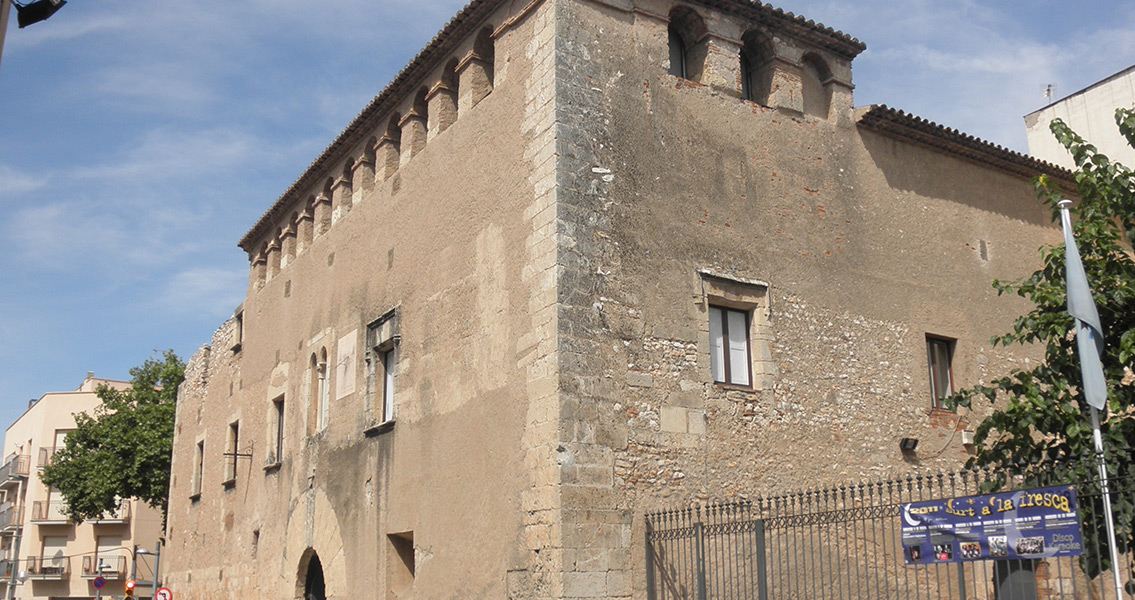<![CDATA[A collection of 50 individual flint tools, which could be up to one million years old, has been unearthed at the archaeological site Barranc de la Boella, in the village of Canonja, Spain, (approximately 80 kms south of Barcelona) according to a press release from the Catalan Institute of Human Paleo-Ecology and Social Evolution (IPHES). IPHES researcher and co-director of the dig, Josep Vallverdú, told the Catalan News Agency the site “contains the oldest files on human evolution in Catalonia and on the Iberian Peninsula”, the full potential of which is still unknown. The tools were discovered in an area referred to as La Mina, and are extremely well-preserved given their age – which experts have estimated to be between 800,000 and 1 million years old. Several large fragmented pieces of deer antler, the femur bone from a rhinoceros and numerous hyena coprolites (fossilized dung) were discovered in the same layer and are the same age and just as well-preserved as the tools. At this time, only four layers of archaeological and paleontological material at Barranc de la Boella have been identified. As for the artifacts and remains discovered during this excavation project, the wide range of animal fossils is very interesting to the research team as they believe they offer important information about the ancient river ecosystems, and the Francolí Delta Basin in particular, which until now has been unknown. Ten separate excavation projects have been completed at Barranc de la Boella under the supervision of IPHES. Josep Vallverdú explained to the Catalan News agency, “In those early years, we focused a lot on different surveys, made to hone in on the age and the number and characteristics of the fossil strata; in the survey of La Mina, we don’t yet know to what depth in geologic time there are archaeological and paleontological remains”. The site is considered a unique resource - going back more than a million years – due to the ancient composition of the Francolí Delta Basin. It’s for this reason researchers have expressed the local and national opportunity to learn about the humans that lived in the area during this time. The next step for the researchers will be to continue their survey of La Mina while extending the limits of their survey, meaning an increased number of research participants will be required for the next campaign. Excavation on a larger scale will mean they’ll have to deal with the removal of a significant amount of sediment given the probability the more recent strata will contain the most paleontological and archaeological remains. The project has recently been opened to graduate and postgraduate participation, which is part of IPHES’s goal for the site of Barranco de la Boella to become an academic “teaching” site in the future. The research group is currently made up of IPHES staff as well as staff from the Museum of Natural Sciences-CSIC Madrid. ]]>
Flint Tools in Spain May be One Million Years Old
